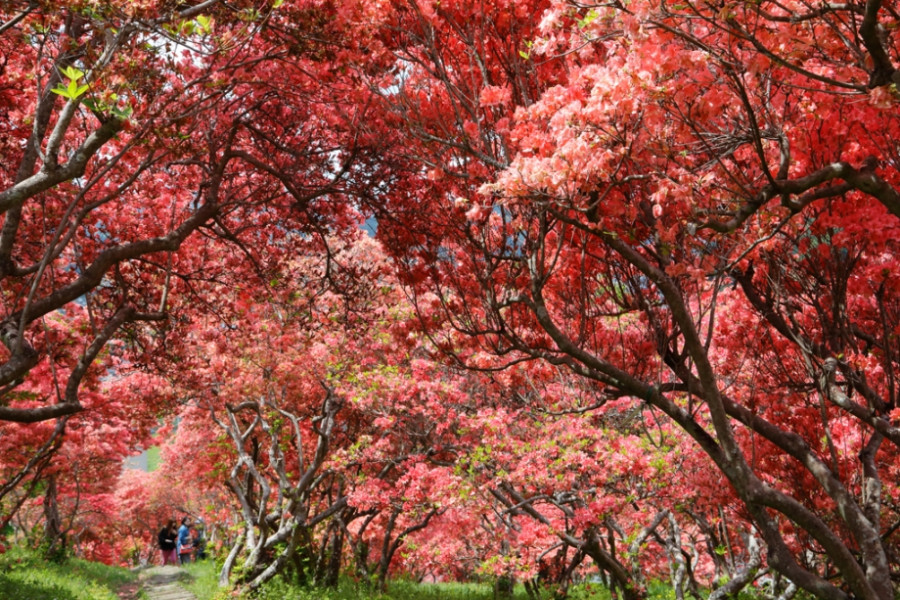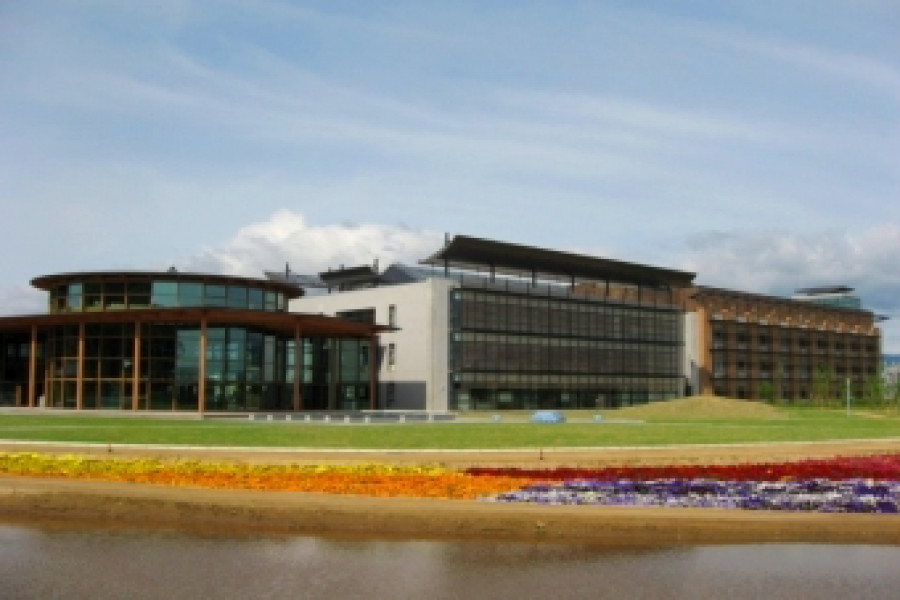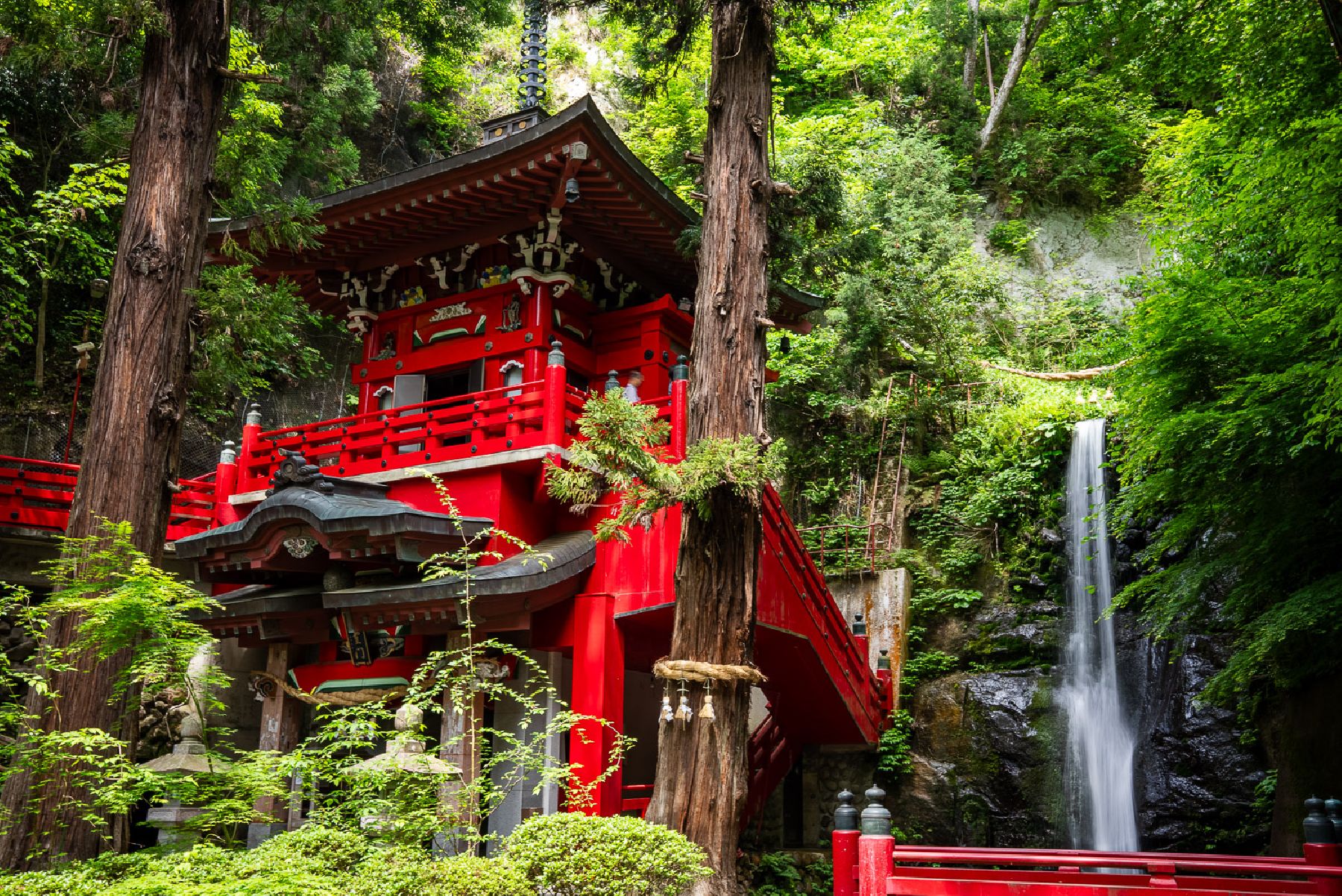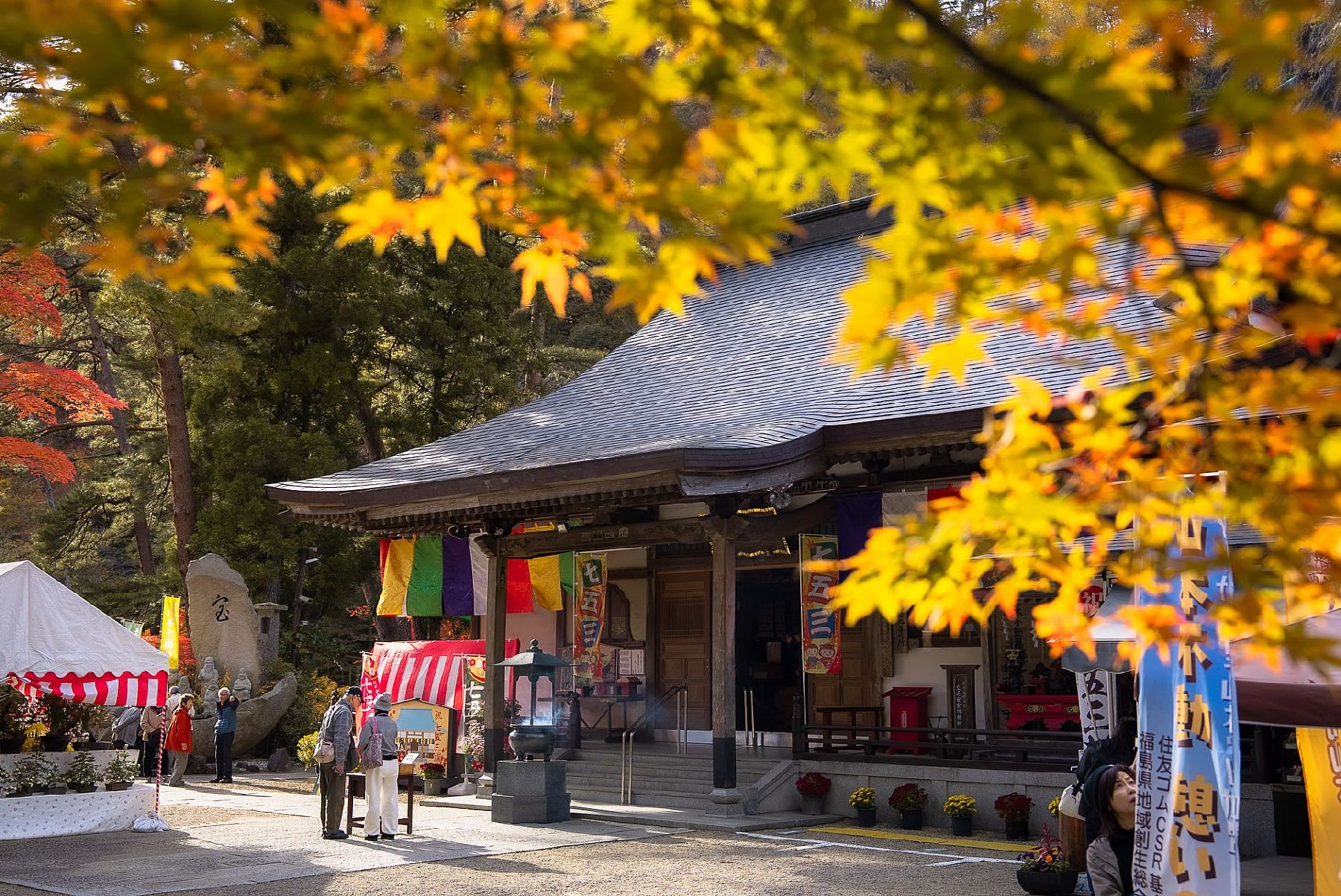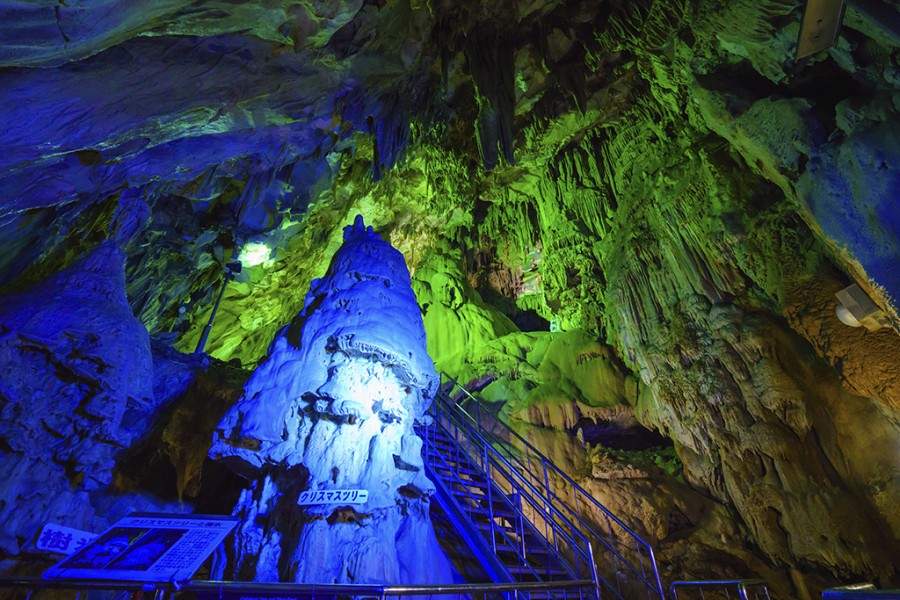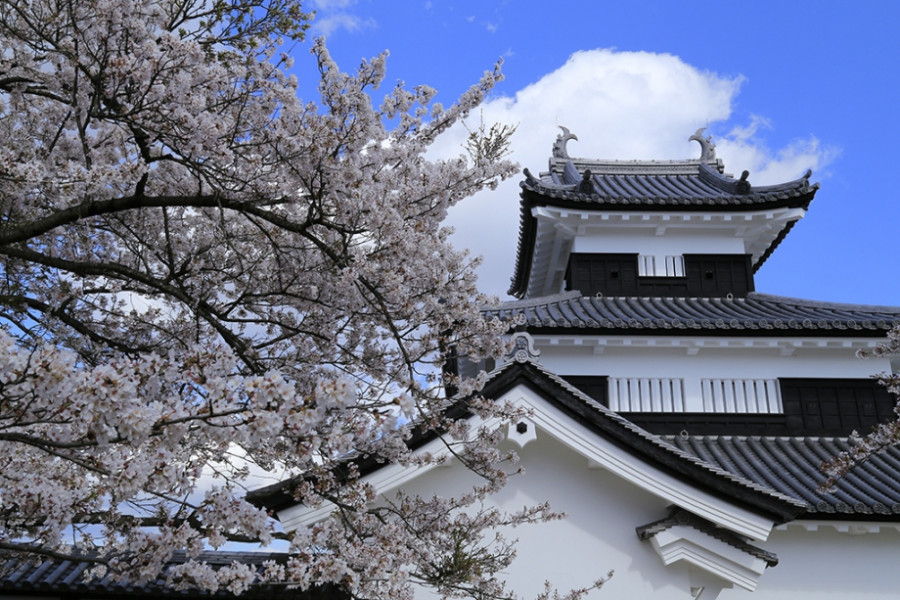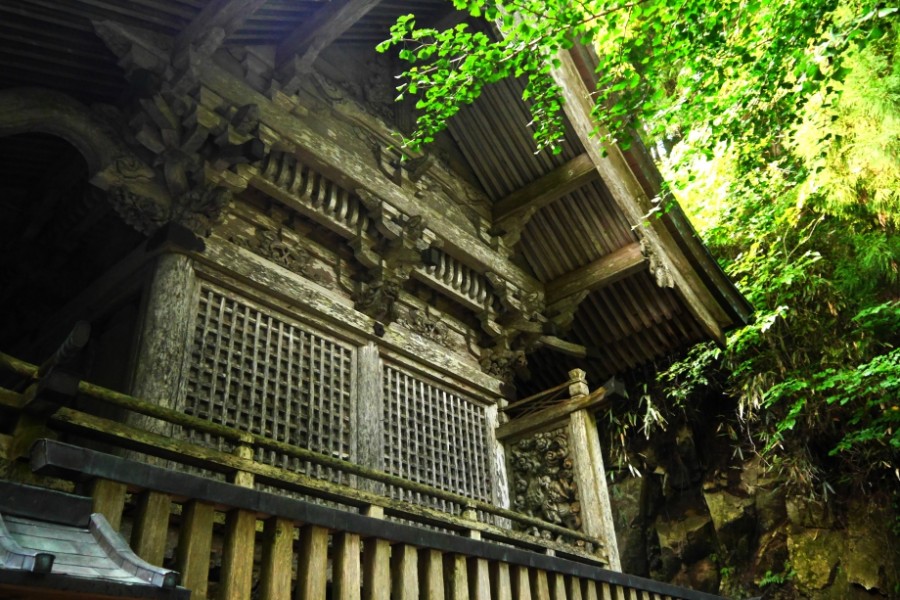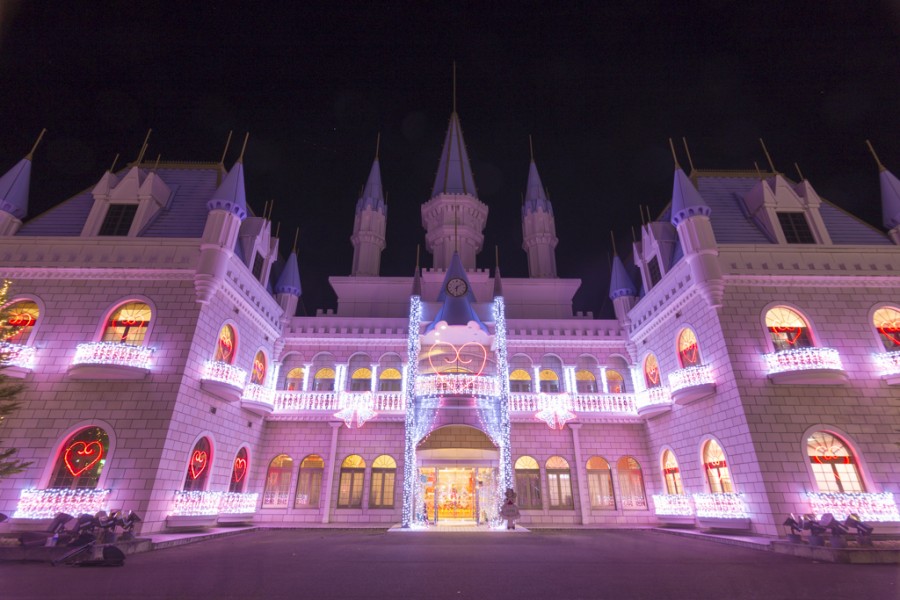History & Culture
Okitsushima Shrine
Off the beaten track, Mt. Kohata’s Okitsushima Shrine is a perfect spot for those searching for a peaceful, spiritual place to visit. The shrine’s story – Date Masamune burned down Mt. Kohata in order to dominate the area during the Tensho Era (1563-1593), but couldn’t destroy the shrine’s three-storied pagoda – makes the area even more special.The three main goddesses of Shintoism – whose names are Princess Tagori, Princess Tagitsu, Princess Ichikishima – are worshipped at this shrine. These three goddesses are thought to be the daughters of the sun goddess Amaterasu, the major deity in the Shinto religion.It is not only Shintoism which is practiced at this shrine, but also Buddhism. In particular, the Japanese Buddhist goddess known as ‘Benten sama’ is worshipped on Mt. Kohata. Despite the turmoil which engulfed faith in Buddhism which occurred during the Meiji Era, strong faith in Benten sama – the Buddhist deity of peace, good luck, wisdom, and marriage – continues to this very day.This is the destination for the Kohata Flag Festival procession, which has been designated as an Important Intangible Folk Cultural Property of Japan, and is held annually on the first Sunday of December.
